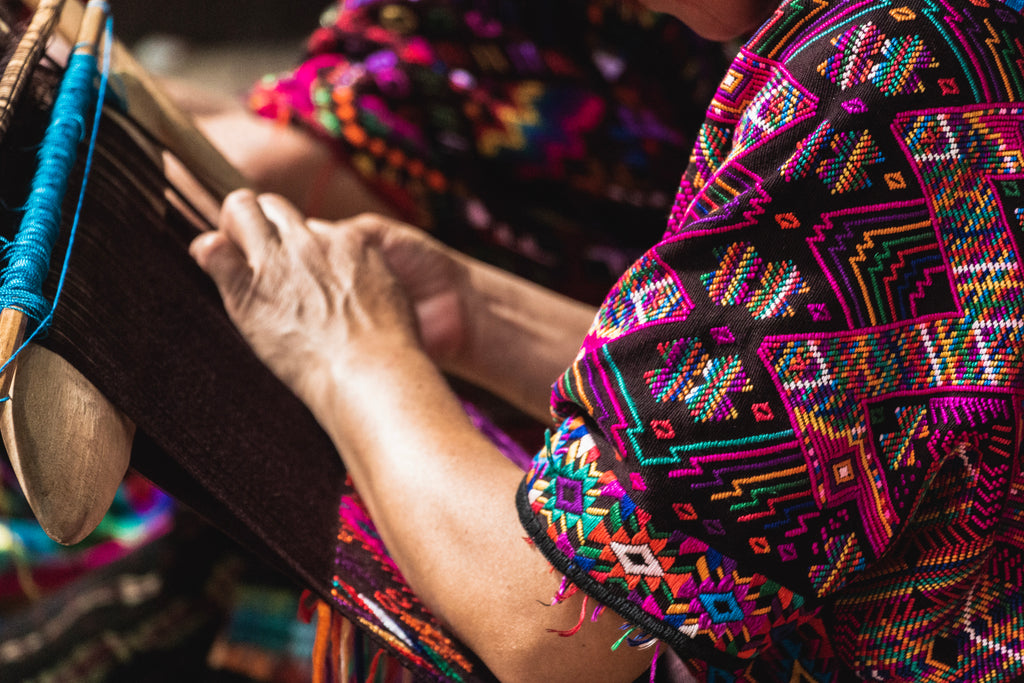The history of the Huipil

A quick look at Guatemalan streets will show that the traditional Mayan clothing is absolutely wearable. The most important and striking garment is the Huipil, which is woven by hand and it is an integral symbol of the country. The Huipil is worn and made by women, differs in colors as well as in the used motives, depending on the region in which the weaving women are. But where does the traditional garment come from and how did it develop?
The Huipil: How it all started
It is known as a women's garment that was worn long before the Spanish arrived on the American continent. Incidentally, the Huipil was widespread in all classes of the population in the Mesoamerican region. This includes today's Central America and all the way up to central Mexico. The oldest known Huipil to date is "La Malinche" after the arrival of the Spanish in the Region. The garment is linked to the well-known translator Malinche by the Spanish conqueror Hernán Cortés. But that doesn't mean that the Huipil didn't exist much earlier. Little is known about the exact development and origins to date. What is certain is that there is probably no piece of clothing in the region that can look back on such a long history. In the course of time, different variants of the garment have been also developed. That means there are simpler options here as well as particularly gorgeous pieces for the high holidays.

In many areas of Mexico and Guatemala, the garment continues to be worn by indigenous women. Sometimes the Huipil is used every day or is only used on special celebrations and public holidays or ceremonies. It depends a lot on the region. In Guatemala and the Mexican states of Chiapas, Quintana Roo, Yucatán, Tabasco, Campeche, Hidalgo, Morelos and Veracruz, the traditional garment is still used. Nowadays, the Huipil is woven by hand, although the decorations are sometimes simpler than in the past.

However, in Guatemala, Huipil is still so gorgeous, colorful and richly embroidered. This activity is very time-consuming, so it can take two to three months to manufacture a single piece of clothing. In many families, the Huipil has been passed on or sold for years through younger generations because the textiles are very durable. There are no two identical pieces, as there are always differences. The historical and cultural significance in connection with sophisticated production is decisive for the fact that our bags contain Huipil. After all, who doesn't love the colors that convert a classic leather bag into a real eye-catcher?
The typical dress of the Mayan women consists of many components. The centerpiece was the Huipil, a kind of shirt with artistic embroidery. The Huipil is made of cotton and depending on the region, between 2 and 4 panels of fabric are put together to form the garment. It is the oldest known garment from Mayan culture. It is estimated the production started approximately 3,000 years ago. The reason for this assumption is ceramic figures and other excavation pieces from Mayan towns that depict women with exactly these pieces of clothing. It is clearly an advantage that the Mayans still give an impression of the ancient culture through pictorial representations and ceramic figures.



Leave a comment